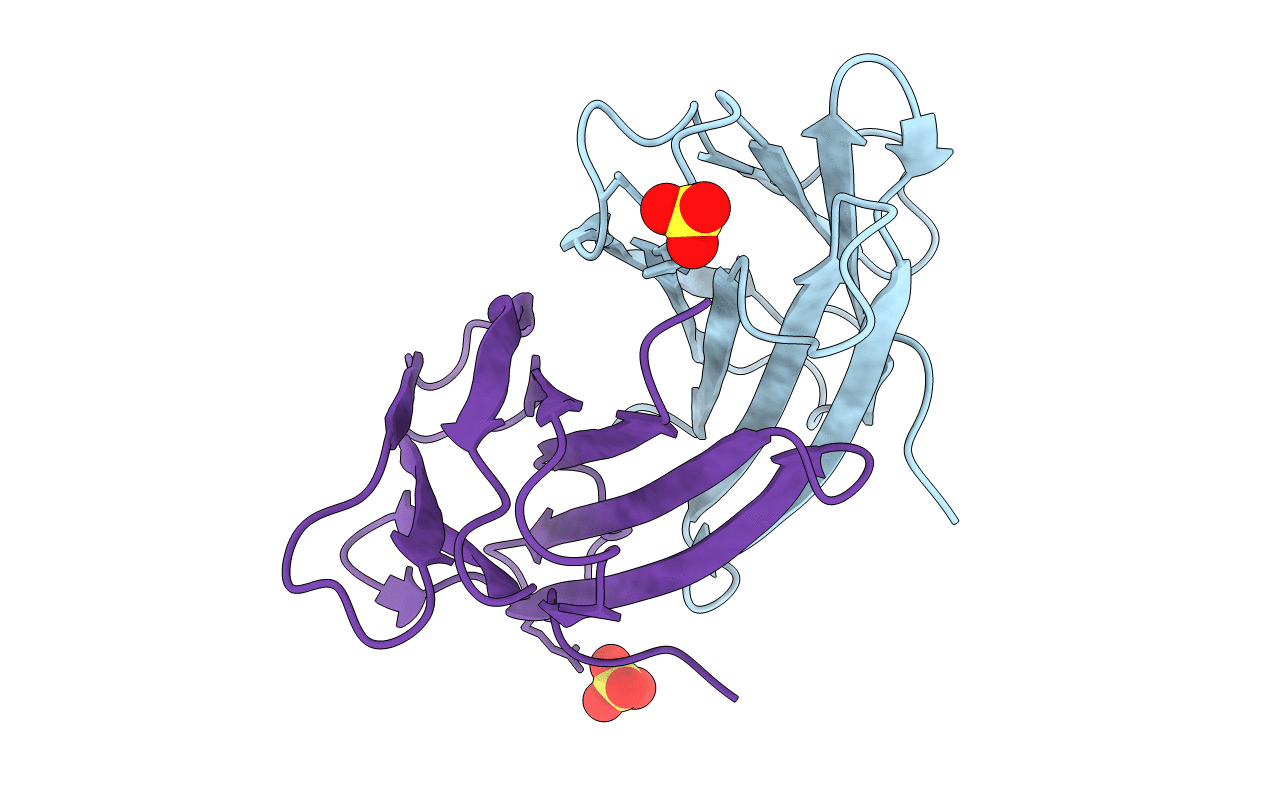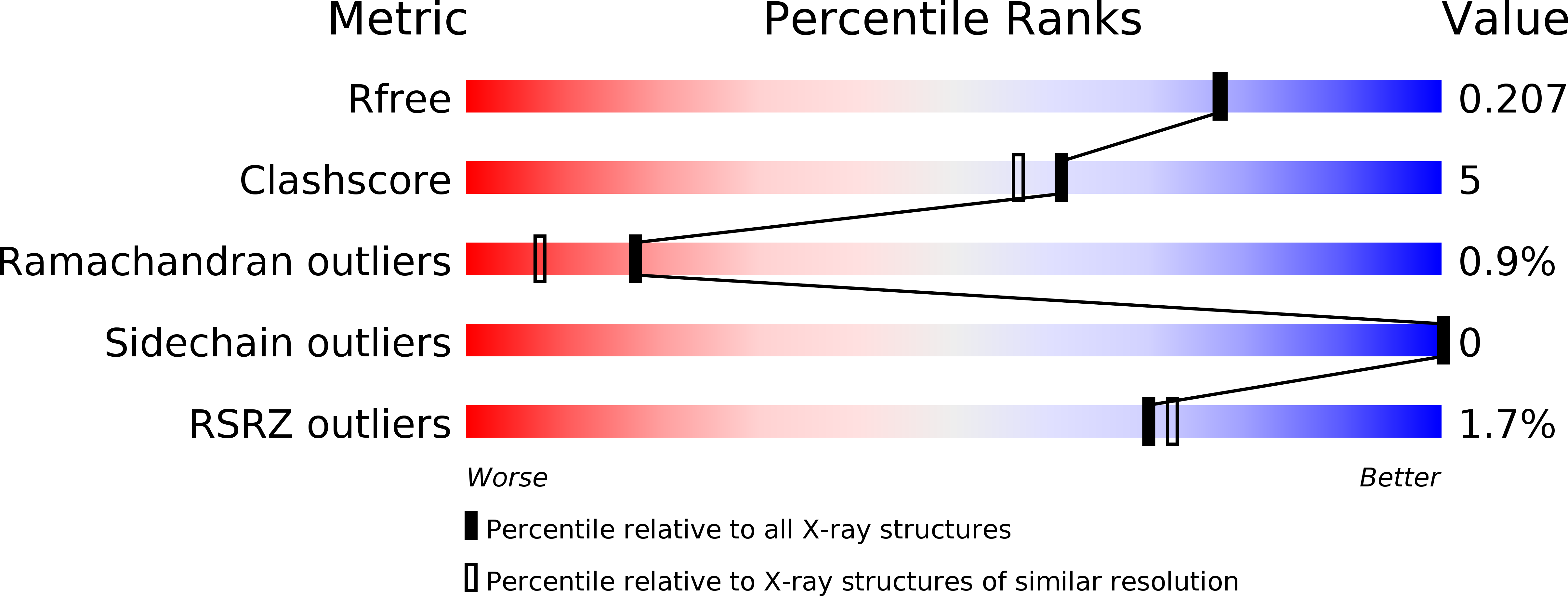
Deposition Date
2010-09-09
Release Date
2011-08-03
Last Version Date
2023-12-20
Entry Detail
PDB ID:
2XR4
Keywords:
Title:
C-terminal domain of BC2L-C Lectin from Burkholderia cenocepacia
Biological Source:
Source Organism:
BURKHOLDERIA CENOCEPACIA (Taxon ID: 216591)
Host Organism:
Method Details:
Experimental Method:
Resolution:
1.90 Å
R-Value Free:
0.19
R-Value Work:
0.15
R-Value Observed:
0.15
Space Group:
P 65


